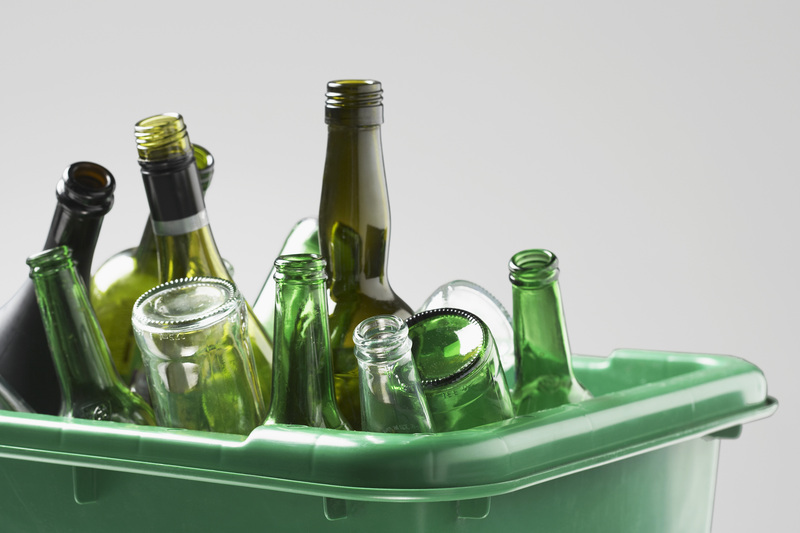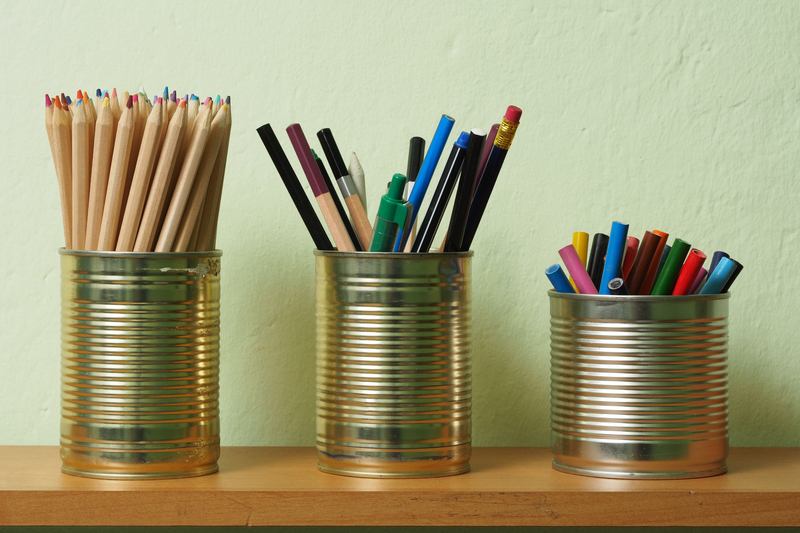How Your PPE Waste Habits Affect the Environment
In the wake of recent global events, especially the COVID-19 pandemic, the use of personal protective equipment (PPE) has surged dramatically. Items such as masks, gloves, face shields, and gowns have become a daily necessity, not just in healthcare settings but also for the general public. While PPE plays a crucial role in safeguarding our health, improper disposal and waste management of these items can have a significant environmental impact. This article explores how your PPE waste habits can affect the planet, the dangers of poor disposal, and provides guidance on adopting more sustainable practices.
Understanding PPE Waste
Personal Protective Equipment (PPE) refers to specialized clothing or devices designed to protect individuals from infection or injury. Common PPE includes:
- Masks (surgical, N95, cloth)
- Gloves (latex, nitrile, vinyl)
- Face shields and goggles
- Gowns and coveralls
- Shoe covers
As the need for protection rises, PPE waste generation increases exponentially. Between billion-level mask usage and the distribution of gloves worldwide, the world faces a mounting environmental crisis.
The Composition of PPE Materials
Most PPE items are made from various plastics and synthetic polymers. For instance, surgical masks and respirators are often composed of:
- Polypropylene (PP)
- Polyethylene (PE)
- Polyvinyl chloride (PVC)
These materials are non-biodegradable and can persist in the environment for hundreds of years, breaking down into microplastics that contaminate ecosystems.
Environmental Impact of PPE Waste
PPE Pollution in Our Land and Water
Careless disposal of PPE, such as tossing masks and gloves on streets, beaches, parks or flushing them down toilets, introduces hazardous waste into the environment. These items are often swept into water bodies by wind and rainfall, contributing to significant land and marine pollution.
- Oceans and Waterways: Discarded PPE can easily be carried into rivers and oceans, where they not only add to the ever-increasing plastic pollution but also pose a deadly threat to marine wildlife.
- Landfills: The majority of PPE ends up in landfills. Over time, these materials break down slowly, leaching chemicals and microplastics into soil and groundwater.
- Urban Environments: City streets, parks, and neighborhoods littered with single-use PPE become unsightly and contribute to urban waste management challenges.
The Menace of Microplastics
When PPE items degrade, they fragment into tiny particles known as microplastics. These particles:
- Can be ingested by aquatic organisms, entering the food chain.
- Absorb toxic chemicals, making them even more hazardous to wildlife and humans.
- Are almost impossible to remove from the environment once dispersed.
**Microplastic accumulation from PPE waste** is a long-term threat to biodiversity, human health, and the overall ecosystem.
Wildlife Entanglement and Ingestion
Discarded masks and gloves are frequently found entangled with birds, fish, and animals. Elastic bands can strangle animals or cause injuries, while ingestion can lead to blockages, starvation, or exposure to toxins. The life-threatening impact of PPE pollution on wildlife cannot be overstated.

Global PPE Waste Statistics
Since 2020, an estimated 129 billion face masks and 65 billion gloves have been used globally every month. Shockingly, a large percentage of these end up as litter or in landfills. Here are some alarming figures:
- Over 1.5 billion masks entered the ocean in 2020 alone.
- PPE waste volume increased by 350% during the peak of the COVID-19 pandemic.
- Major cities reported PPE litter as their most common form of new waste.
The scale of the issue underlines the urgent need for responsible PPE waste management practices.
How Your Habits Can Harm -- Or Help
Poor Disposal Choices
Many people unknowingly worsen the environmental crisis through improper PPE waste habits:
- Throwing used masks and gloves onto the ground or in public bins without proper containment.
- Flushing PPE down toilets, clogging municipal pipes and entering water systems.
- Placing contaminated PPE with recyclable waste, affecting recycling streams.
Irresponsible PPE disposal not only pollutes the environment but also increases health hazards for waste workers and the public.
Myths About Recyclability
A common misunderstanding is that all PPE is recyclable. While some items can be processed under specialized conditions, most used PPE is contaminated and should not enter standard recycling bins. Contamination risks include:
- Spreading pathogens to sanitation workers.
- Degrading the quality of recycled materials.
- Increasing the cost and complexity of recycling operations.
Remember: Most single-use masks and gloves are not recyclable through regular collection services.
What You Can Do: Best PPE Waste Practices
- Dispose of correctly: Place used PPE in a dedicated, lined trash bin. If potentially contaminated, seal them in a plastic bag before discarding.
- Do not litter: Never leave PPE on the ground or in public spaces.
- Avoid flushing PPE: Even items labeled as "wet wipes" or "flushable" masks should not go down the toilet.
- Look for PPE recycling programs: Some specialized companies accept shipments of certain PPE for safe recycling.
- Switch to reusables whenever possible: Washable cloth masks, when appropriate, dramatically decrease single-use PPE waste.
Adopting responsible PPE waste habits is essential for reducing the impact on the environment.
Sustainable Alternatives and Innovations
As awareness grows, innovators are working on solutions to curb environmental PPE waste:
Reusable PPE Options
- Cloth Masks: When well-designed and maintained, reusable cloth masks provide protection and drastically reduce waste.
- Reusable Face Shields: With proper disinfection, these can be used multiple times before replacement is needed.
Switching to sustainable PPE options where safe and possible is a significant step towards alleviating environmental pressure.
Biodegradable and Compostable PPE
Research institutions and green startups are developing compostable masks and gloves made from natural fibers, such as cellulose and bamboo. These materials decompose rapidly and leave behind minimal residue.
Advanced Waste Management Programs
- PPE Recycling Initiatives: Companies now offer PPE take-back or recycling services for businesses and healthcare settings, ensuring safe processing of discarded equipment.
- Community Education: Campaigns teach the public about correct disposal, litter reduction, and environmental stewardship.
The Role of Policy and Legislation
Governments and health authorities have begun to address PPE environmental impact through:
- Regulating PPE disposal, mandating bins and disposal sites in public spaces.
- Promoting research into sustainable PPE materials and alternatives.
- Funding cleanup efforts in sensitive habitats affected by rampant PPE pollution.
Future policies will need to balance public health protection with environmental sustainability, ensuring that protective measures do not compromise ecosystem health.
How Individuals Can Make a Difference
- Stay informed: Learn about the proper handling and disposal of PPE waste in your community.
- Advocate for better options: Support brands, businesses, and governments investing in sustainable PPE solutions.
- Reduce, Reuse, Rethink: Reduce your usage where it's safe. Reuse (with appropriate cleaning). Rethink your habits for long-term environmental benefit.
Get Involved
Participating in community litter clean-ups, promoting environmental education, and reporting illegal dumping are all actions that help mitigate PPE waste pollution.

Key Takeaways
- PPE waste is a new environmental challenge amplified by global health crises.
- Improper disposal leads to long-lasting damage by polluting land, water, and harming wildlife.
- There are sustainable alternatives and better waste management practices available to everyone.
- Your daily decisions profoundly affect the environment's well-being.
Conclusion: Choosing Environmental Responsibility in PPE Use
How your PPE waste habits affect the environment is a crucial concern that touches every community around the world. While PPE is vital for health and safety, its environmental cost is too great to ignore. By adopting responsible disposal habits, seeking sustainable alternatives, and advocating for policy change, each of us can help reduce the ecological footprint of this essential protection.
Protecting ourselves must go hand-in-hand with protecting the planet. The next time you reach for a mask or gloves, remember: your choices matter -- for your health, your community, and the environment we all share.
Further Reading and Resources
- WHO: How to Dispose of Masks and Gloves
- UNEP: The 'New Normal': How to Protect the Environment During a Pandemic
- Nature: The Environmental Toll of Disposable Masks
Start making a difference today. Better PPE waste habits aren't just about today--they're about safeguarding the future of our planet.
